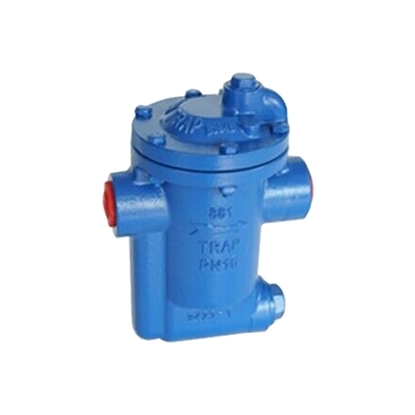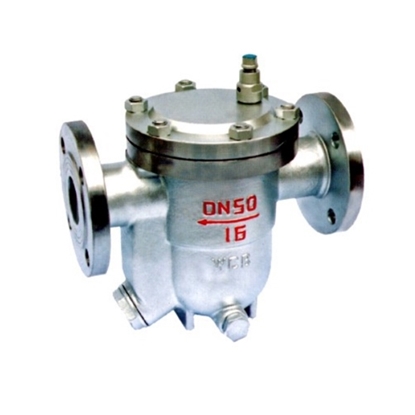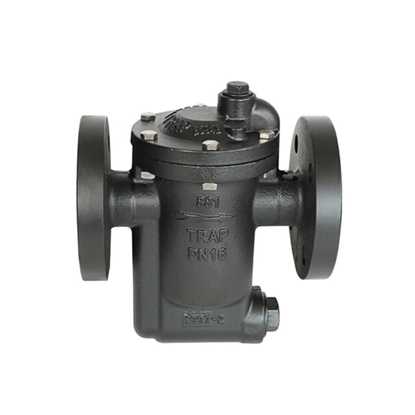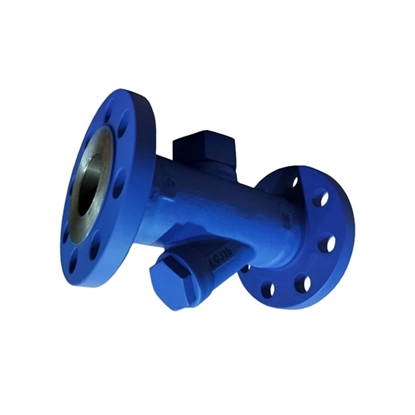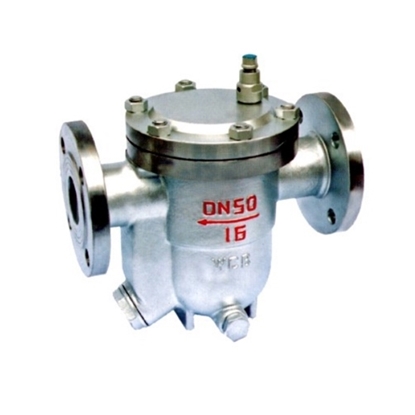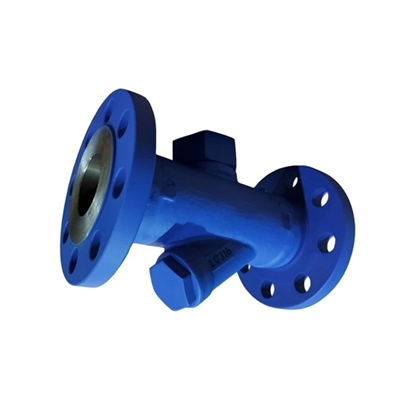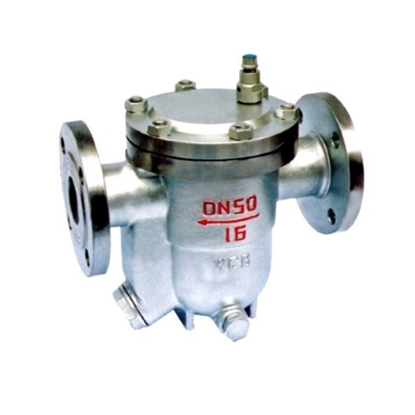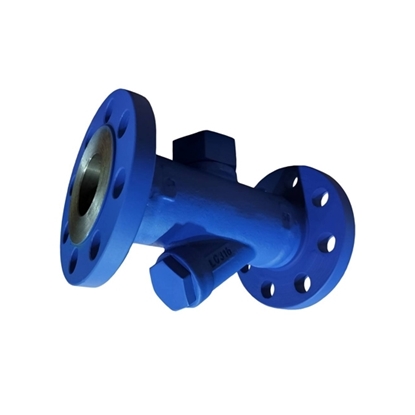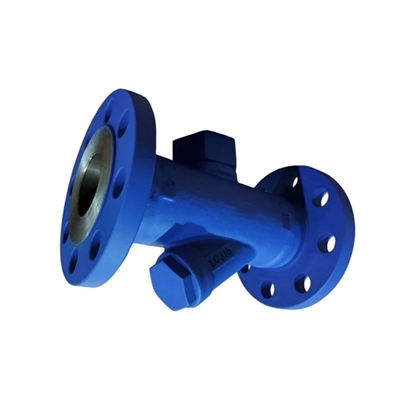Steam Traps
1" Inverted Bucket Steam Trap
1/2" Ball Float Steam Trap
1/2" Inverted Bucket Steam Trap
1/2" Thermodynamic Steam Trap
3/4" Ball Float Steam Trap
3/4" Thermodynamic Steam Trap
1" Ball Float Steam Trap
1" Thermodynamic Steam Trap
2" Thermodynamic Steam Trap
Steam trap (steam trap valve) for sale. It is a device used to remove condensate and non-condensable gases from steam systems while preventing the escape of live steam. ATO 1/2", 3/4", and 1" ball float steam traps and 1/2", 3/4", 1" and 2" thermodynamic steam traps are commonly used in industrial settings, such as steam heating systems or process piping for industrial applications.
Steam Trap Types
- Ball float steam traps: Ball float steam traps use a ball float that rises and falls with the level of condensate. As the ball float rises, it opens the valve to allow condensate to drain, and when the ball float falls, it closes the valve to prevent steam from escaping. High quality 1/2", 3/4" and 1" Ball float steam traps are available on ATO.com.
- Inverted bucket steam traps: These inverted bucket steam traps use an inverted bucket that floats on top of the condensate. When the bucket is empty, it is light and the valve is closed, but when the bucket fills with condensate, it becomes heavy and the valve opens to discharge the condensate.
- Thermodynamic steam traps: These types of traps use a disc that expands and contracts with changes in temperature. As steam flows through the trap, it heats the disc, causing it to expand and open the valve. When condensate enters the trap, it cools the disc, causing it to contract and close the valve. 1/2 inch, 3/4 inch, 1 inch and 2 inch thermodynamic traps are the most popular models.
- Bimetallic steam traps: These steam traps use two different metals with different rates of expansion to control the valve. As the temperature of the condensate changes, the metals expand and contract at different rates, causing the valve to open and close.
Ball Float Steam Trap vs. Thermodynamic Steam Trap
Both ball float and thermodynamic steam traps are popular choices for controlling the flow of steam and condensate in a steam system, but they have different mechanisms and characteristics that make them suitable for different applications.
Ball float steam traps use a ball float that rises and falls with the level of condensate. As the ball float rises, it opens the valve to allow condensate to drain, and when the ball float falls, it closes the valve to prevent steam from escaping. Ball float traps are simple and reliable, but they can be susceptible to wear and failure in systems with high pressure or high flow rates.
Thermodynamic steam traps use a disc that expands and contracts with changes in temperature. As steam flows through the trap, it heats the disc, causing it to expand and open the valve. When condensate enters the trap, it cools the disc, causing it to contract and close the valve. Thermodynamic traps are reliable and can operate at high pressures, but they may not be as effective as ball float traps in systems with low flow rates or low pressure.
In general, ball float traps are well-suited for systems with varying condensate loads and low pressure, while thermodynamic traps are better suited for high-pressure systems with consistent condensate loads. The choice between these two types of traps ultimately depends on the specific needs of the steam system and the conditions under which it will operate.
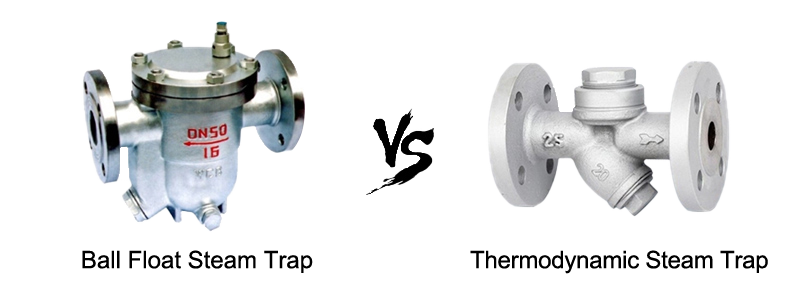
Functions of Steam Trap
A steam trap is an essential component of steam systems that serves the function of removing condensate from the steam system and preventing the loss of steam. Steam traps also help to maintain the temperature of the system, prevent water hammer, and reduce energy consumption. Their proper selection and maintenance are critical for ensuring the efficient and safe operation of steam systems in a variety of applications, including process heating, power generation, HVAC systems, steam tracing, and sterilization.
How to Choose a Steam Trap?
Choosing the right steam trap for a particular application depends on several factors, including the system pressure and temperature, condensate load, flow rate, and other system parameters. Here are some key considerations when selecting a steam trap:
- System pressure and temperature: The pressure and temperature of the steam system are important factors in selecting a steam trap. Some traps may not be suitable for high-pressure systems, while others may not be effective at low temperatures.
- Condensate load: The amount of condensate that needs to be removed from the system is an important consideration. Some traps may be better suited for systems with high condensate loads, while others may be more effective for low condensate loads.
- Flow rate: The flow rate of steam and condensate through the system is another important consideration. Some traps may be better suited for high flow rates, while others may be more effective for low flow rates.
- System design: The design of the steam system can also affect the choice of the steam trap. For example, some traps may be better suited for systems with long pipes, while others may be more effective in systems with short pipes.
- Maintenance requirements: The maintenance requirements of the steam trap should also be considered. Some traps may require more frequent maintenance or replacement than others, which can affect the overall cost of ownership.
- Environmental factors: Environmental factors such as corrosion, vibration, and temperature extremes should also be considered when selecting a steam trap.
Overall, selecting the right steam trap involves considering the specific requirements of the steam system and choosing a trap that is suitable for the operating conditions and maintenance requirements. Consulting with a steam trap specialist or engineer can help ensure that the right trap is selected for the application.
Applications of Steam Trap Valves
Steam trap valves are an essential component of steam systems, used to control the flow of steam and condensate to ensure efficient and safe operation. Here are some common applications of steam traps:
- Process heating: Steam is widely used for process heating in industries such as food processing, pharmaceuticals, and chemicals. Steam traps are used to remove condensate from the steam system and ensure that steam is delivered to the process at the right pressure and temperature.
- HVAC systems: Steam is used for heating and cooling in HVAC systems, where it is circulated through radiators, heat exchangers, and other components. Steam traps are used to remove condensate from the system and prevent water from accumulating, which can cause damage to the equipment.
- Power generation: Steam is used to generate electricity in power plants, where it is passed through turbines to drive generators. Steam trap valves are used to ensure that the steam is delivered to the turbines at the right pressure and temperature, and to remove condensate from the system to prevent damage to the turbines.
- Steam tracing: Steam tracing is a process in which pipes and equipment are heated using steam to maintain a desired temperature. Steam traps are used to remove condensate from the steam tracing system and prevent water hammer, which can cause damage to the pipes and equipment.
- Sterilization: Steam is used for sterilization in industries such as healthcare, where it is used to sterilize medical instruments and equipment. Steam trap valves are used to remove condensate from the steam system and ensure that steam is delivered to the sterilization equipment at the right pressure and temperature.

